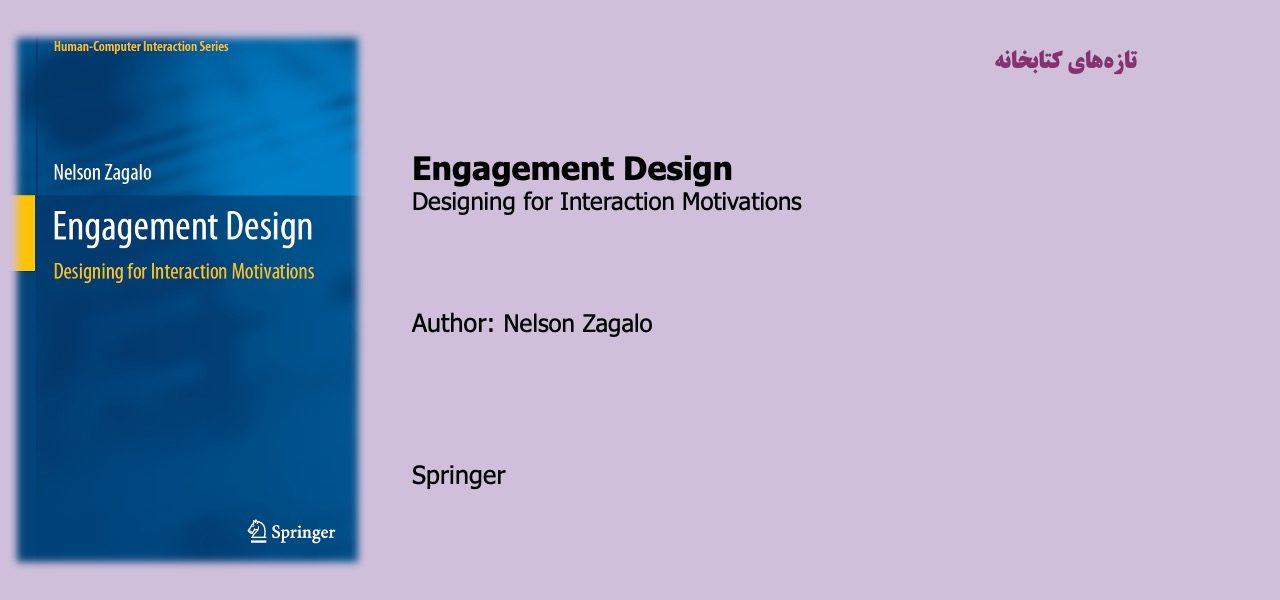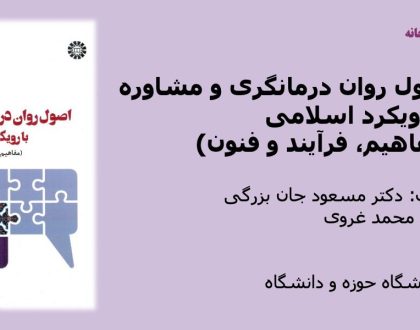Engagement Design

Imagine yourself as a skilled skier, having come off the lift, now advancing to the beginning of the slope. You scan the slope ahead, knowing that in moments you will be speeding across the snow. Your body dodging and weaving, maintaining speed and posture, and your spirit soaring. You are both freed from your everyday existence yet tied to the world through the textures of the snow, some powdery, some packed and slick, as your feet glide over and through them, their familiar sounds and vibrations guiding you almost unawares. People often say that such moments are among the best of their lives. Whether we participate in sports, play games, visit museums or take our families to the park or the beach, we go to great lengths to craft engaging experiences for ourselves.
And designers of interactive technologies have heard the message. For the past two decades, fields such as HCI, interaction design, video game design, digital media production and more have increasingly focused on designing engaging experiences. Recognizing that usability is not enough, and that good interaction is grounded in purpose, meaning and value—not features—developers of interactive communications have pushed for better experiences. Yet, good experiences are not easy to design. They are ephemeral and intangible.
They are difficult to define, let alone model—at least in a way that captures what really matters about them. Speaking as a professor of experience design, a designer and a consumer, great experiences all too often seem to slip out of my grasp, and design efforts too often come up short.
مطالب مرتبط

اصول روان درمانگری و مشاوره با رویکرد اسلامی (مفاهیم، فرآیند و فنون)
۲۶ / بهمن / ۱۴۰۳

آموزش مهارت نوشتن از منظر شناختی
۲۶ / بهمن / ۱۴۰۳


